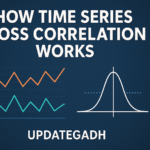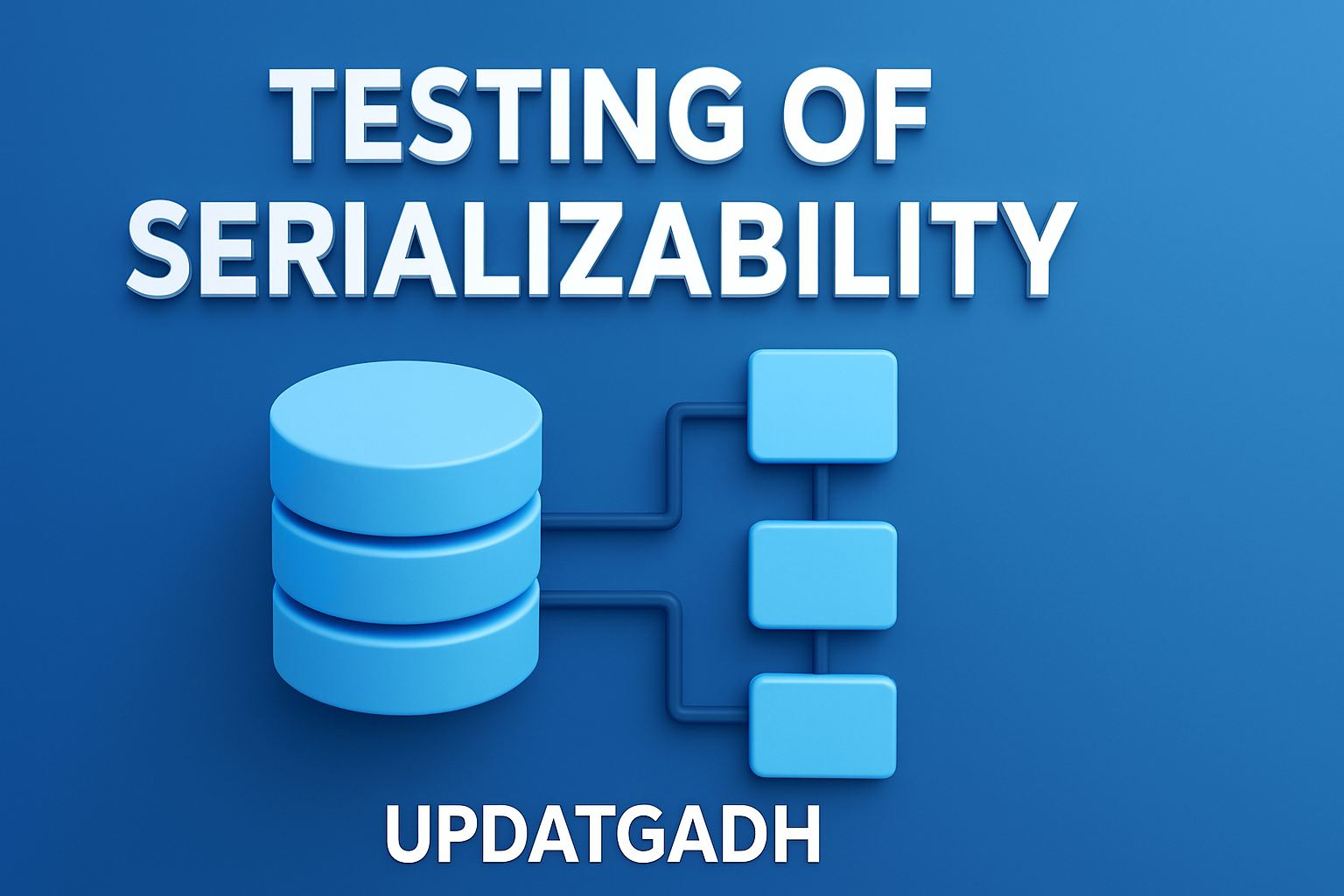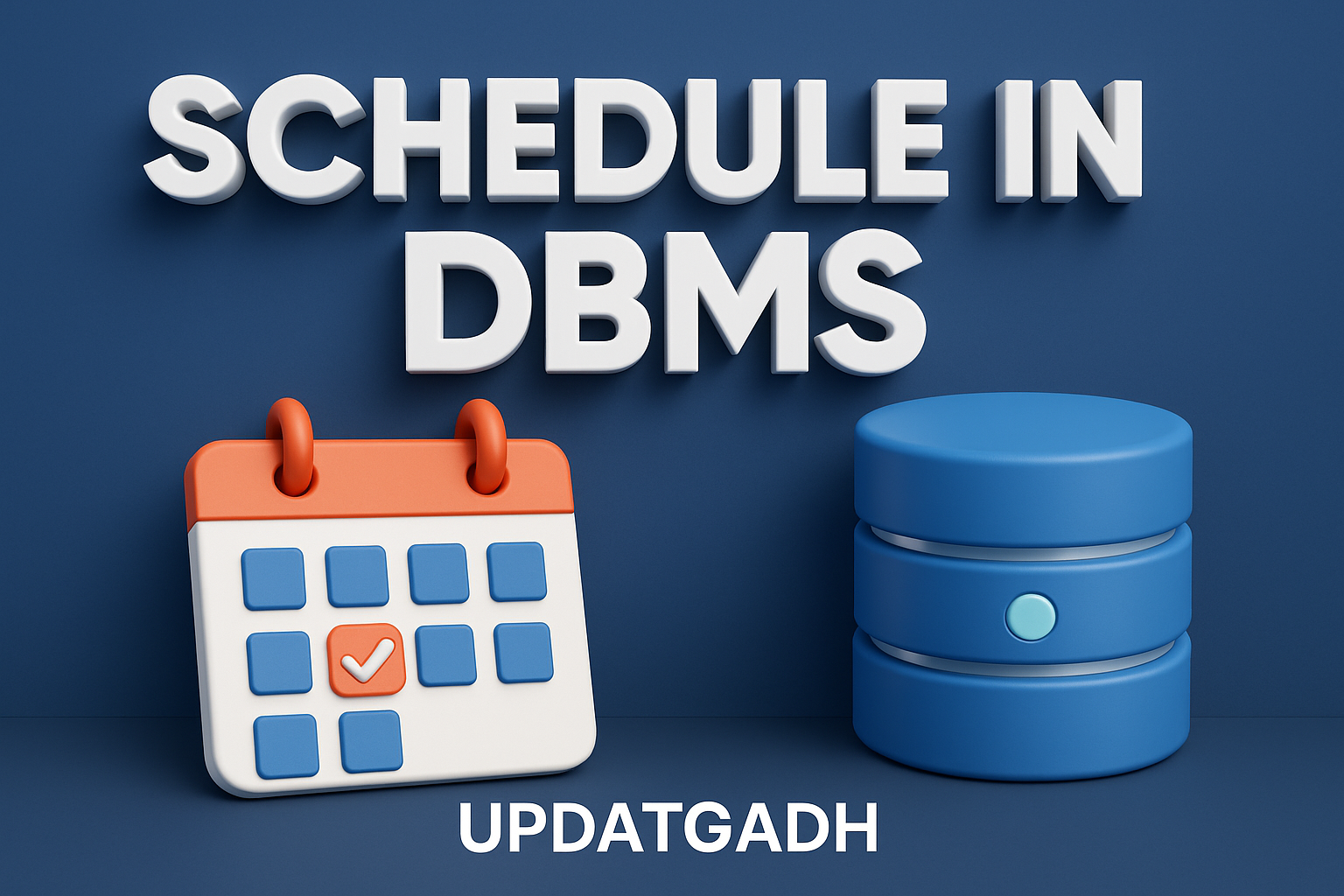

Canonical Cover in DBMS – A Complete Guide
Canonical Cover in DBMS
When working with large sets of functional dependencies in a database, performance can take a hit. Systems may end up doing unnecessary work simply because the dependency set contains redundant or non-essential elements.
This is where the canonical cover becomes valuable. The canonical cover of a functional dependency set F is essentially a simplified version of F that preserves all the original implications but removes redundancy. The goal is to maintain the same output as the original set while eliminating extra elements — making things simpler, faster, and more manageable.
Understanding Canonical Cover
An attribute in a functional dependence (FD) is considered superfluous in DBMS if its removal has no effect on the set’s closure, meaning the implications of the dependency are unaffected.
Definition
A canonical cover (also called a minimal cover or irreducible set) is the smallest possible set of functional dependencies equivalent to the original set. It has no redundant dependencies or extraneous attributes.
Whenever a database update occurs, it is treated as a new scenario. The update’s potential to violate any functional dependencies is checked by the system. If it does, the change is rolled back to maintain data consistency and preserve important relationships between attributes.
Machine Learning Tutorial:–Click Here
Data Science Tutorial:-Click Here
Complete Advance AI topics:- CLICK HERE
Deep Learning Tutorial:- Click Here
Syntax
If we have:
α1 → β1 and α1 → β2
They can be combined into:
α1 → β1β2
Steps to Find the Canonical Cover
The process of finding a canonical cover involves systematically removing redundancy while ensuring the set remains equivalent to the original.
Step 1: Combine Dependencies with the Same Left-Hand Side
Combine two or more FDs with the same left side into a single FD by joining their right sides.
Example:
A → B, A → C becomes A → BC
Step 2: Remove Extraneous Attributes
If eliminating an attribute has no effect on the closure, it is considered superfluous. Either side of a dependency may experience this:
a) Extraneous Attributes on the Left Side
- Remove the attribute from the left.
- Compute the closure without it.
- The attribute is superfluous if the closure stays the same.
b) Extraneous Attributes on the Right Side
- Remove the attribute from the right.
- Compute the closure without it.
- If unchanged, the attribute is unnecessary.
Step 3: Decompose Multi-Attribute Right Sides
If the right-hand side of an FD has more than one attribute, break it into separate FDs.
Example:
X → AB becomes X → A, X → B
Step 4: Remove Redundant Dependencies
If an FD can be eliminated without affecting the set’s closure, it is redundant.
- Temporarily remove the FD.
- If the closure remains unchanged, it is redundant.
Step 5: Verify the Result
At the end:
- Nothing superfluous should stay on the left.
- Right-hand sides should have only one attribute.
Example Walkthroughs
Example 1:
Given:
R(A, B, C, D)
FD = { B → A, AD → BC, C → ABD }
Canonical Cover:
FD = { B → A, AD → C, C → BD }
Example 2:
Given:
R(W, X, Y, Z)
FD = { W → X, Y → X, Z → WXY, WY → Z }
Canonical Cover:
FD = { W → X, Y → X, Z → WY, WY → Z }
Example 3:
Given:
R(V, W, X, Y, Z)
FD = { V → W, VW → X, Y → VXZ }
Canonical Cover:
FD = { V → WX, Y → VZ }
Finalized Canonical Cover Algorithm
- Decompose multi-attribute right-hand sides.
- Form a new set with decomposed FDs.
- Check redundancy of each FD using closure computation.
- Remove redundant dependencies.
- Check for extraneous attributes in multi-attribute left sides.
- Remove unnecessary attributes while preserving equivalence.
Complete Python Course with Advance topics:-Click Here
SQL Tutorial :-Click Here
Download New Real Time Projects :–Click here
For more DBMS concepts, visit updategadh.com for practical and well-structured explanations.
minimal cover in dbms
canonical cover in dbms examples
canonical cover in dbms questions
solved examples of canonical cover in dbms
canonical cover in dbms gate vidyalay
closure in dbms
canonical cover calculator
how to find canonical cover in dbms
normalization in dbms
functional dependency in dbms
canonical cover in dbms with example
canonical cover in dbms pdf
canonical cover in dbms geeksforgeeks










Post Comment